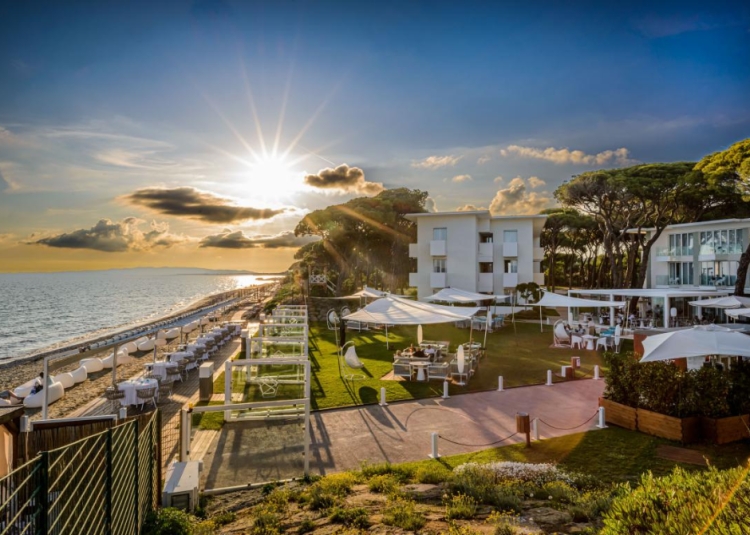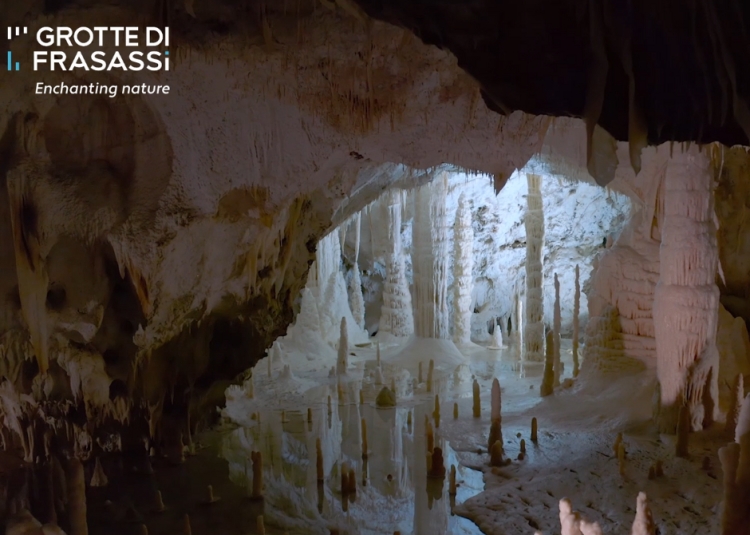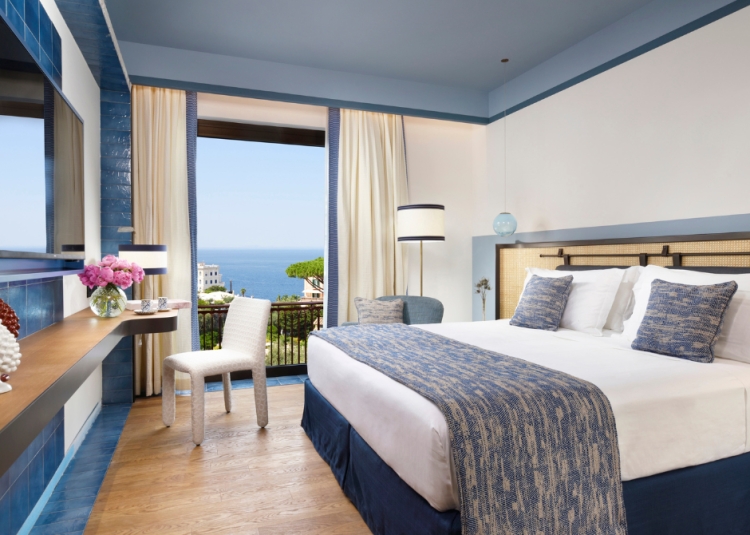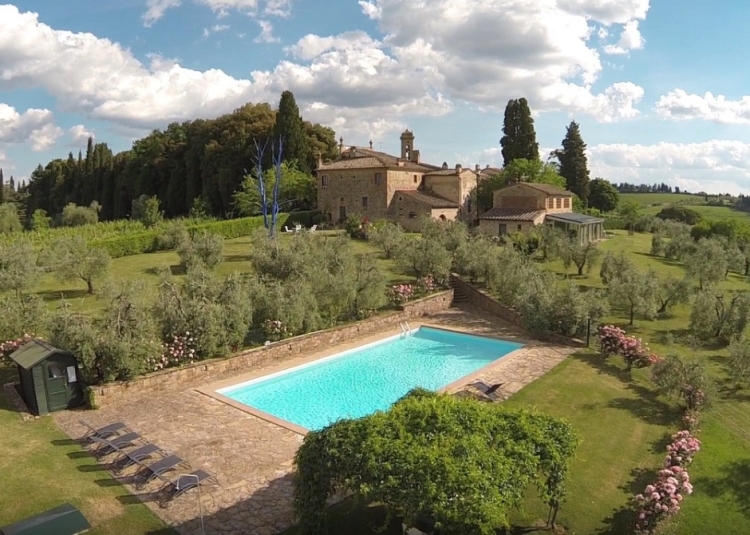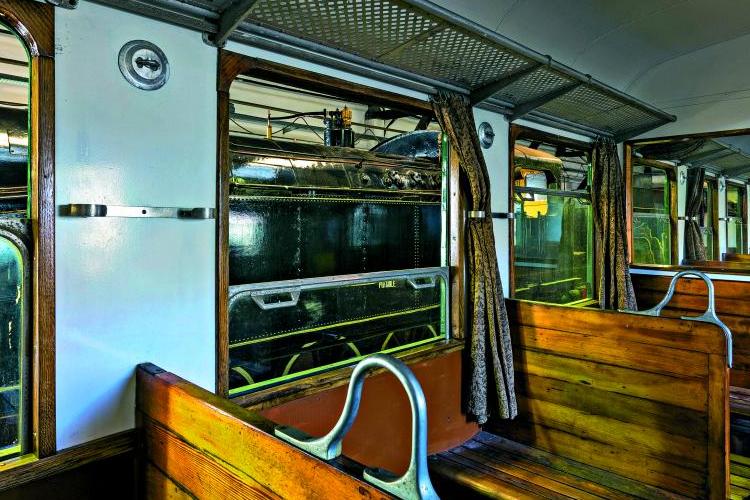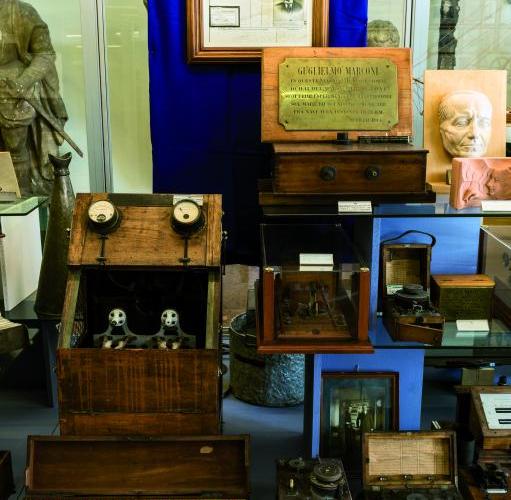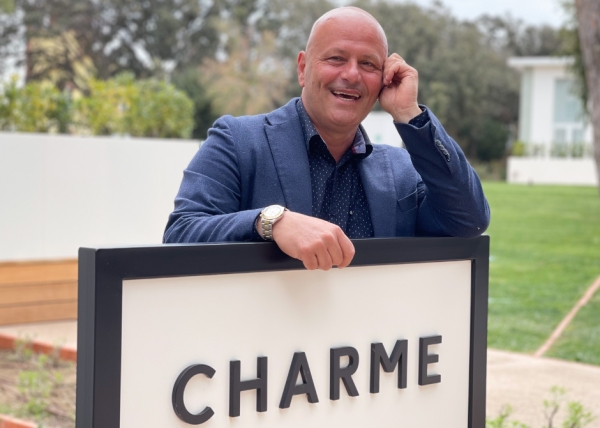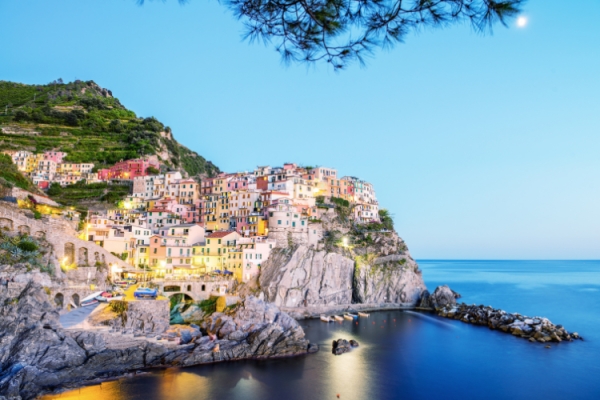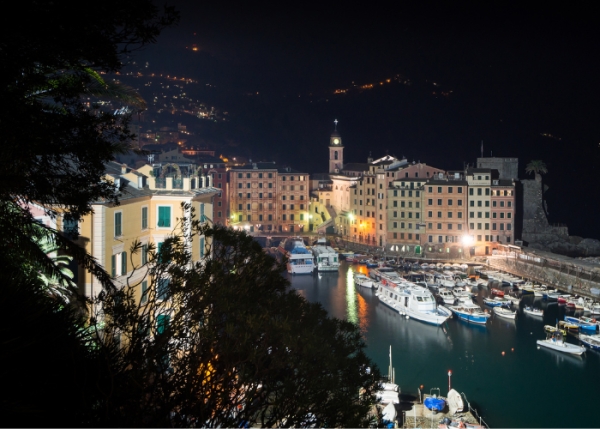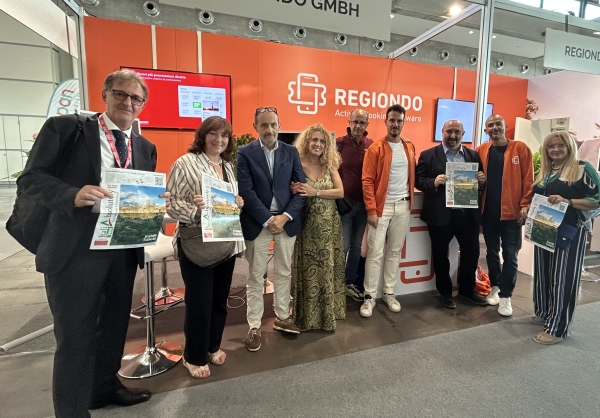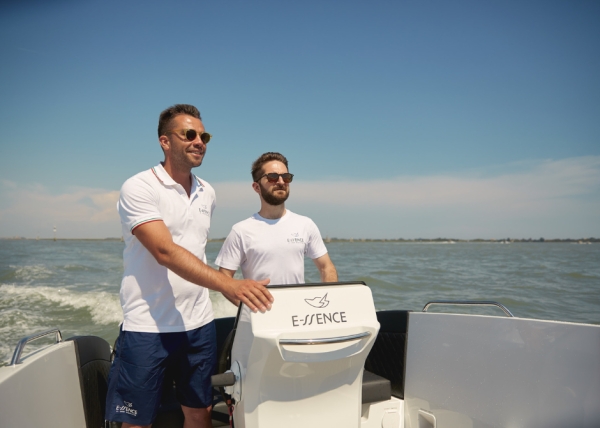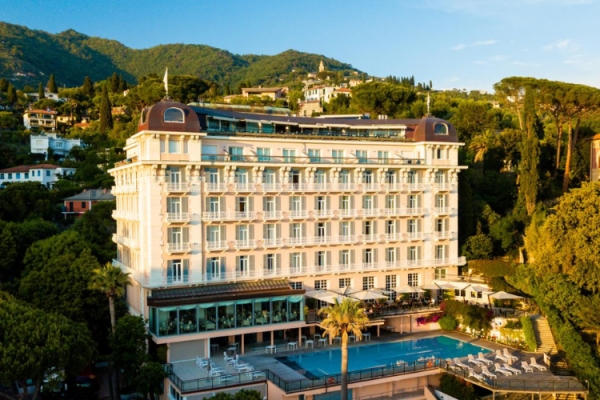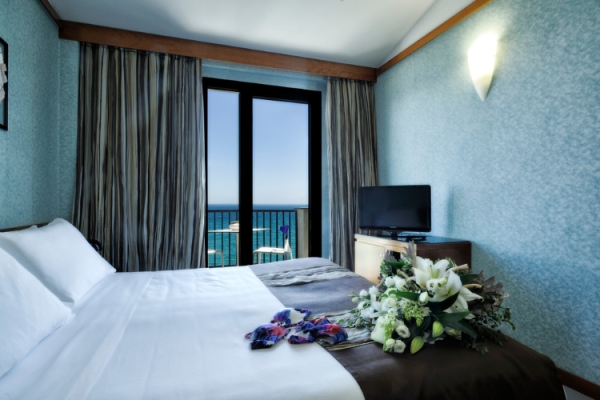La Spezia’s museums tell the fascinating story of its history and art. This seafaring Ligurian city on the borders with Tuscany is withing easy distance of the famous Cinque Terre and charming little towns like Lerici and Porto Venere, and has a wealth of art to be discovered in its many city museums.

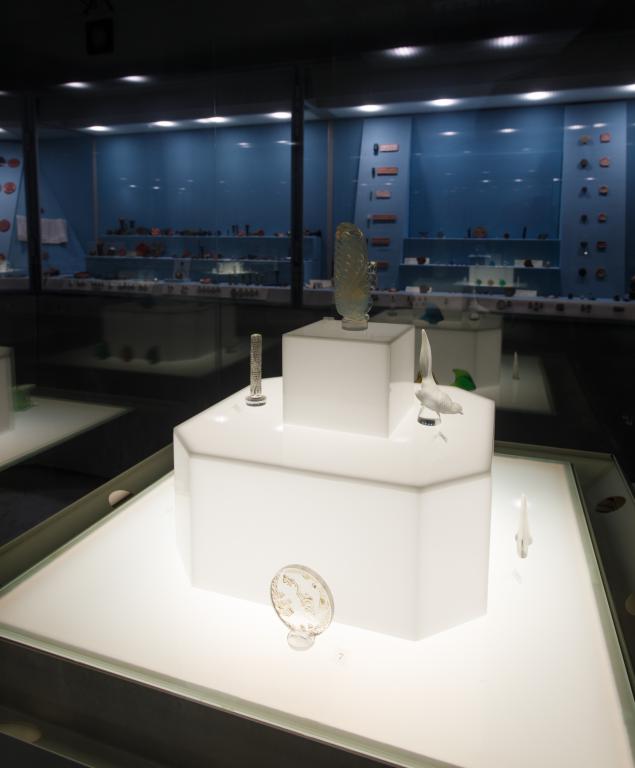 Sigillo Museum inside The Palazzina delle Arti MuseumThe Palazzina delle Arti Museum
Sigillo Museum inside The Palazzina delle Arti MuseumThe Palazzina delle Arti Museum
The Palazzina delle Arti, designed by Franco Oliva around the 1920s, was built to house a library and has a permanent collection as well as areas for temporary exhibitions and conferences. The seal collection, donated by the Capellini family to the Municipality of La Spezia, probably qualifies as the largest thematic collection of its kind in the world. Seals originated from the need to confirm the ownership of a given document and to generally attest its legal validity, and those in the La Spezia museum are from very different eras and origins: pieces from ancient Egypt to seals produced in China, Tibet and Nepal, and from those made in the western world during the Middle Ages to elegant Art Nouveau seals.
The Amedeo Lia Civic Museum
The Amedeo Lia Civic Museum, next to the Palazzina delle Arti, is in the 17th-century convent complex of San Francesco di Paola. Inaugurated in 1996 following the important donation made by Amedeo Lia and his family to the Municipality of La Spezia. Of the more than one thousand one hundred works collected by Amedeo Lia, and now housed in the museum, many are particularly significant, outlining an itinerary that, although extremely brief, highlights the heterogeneity and high quality of the collection. 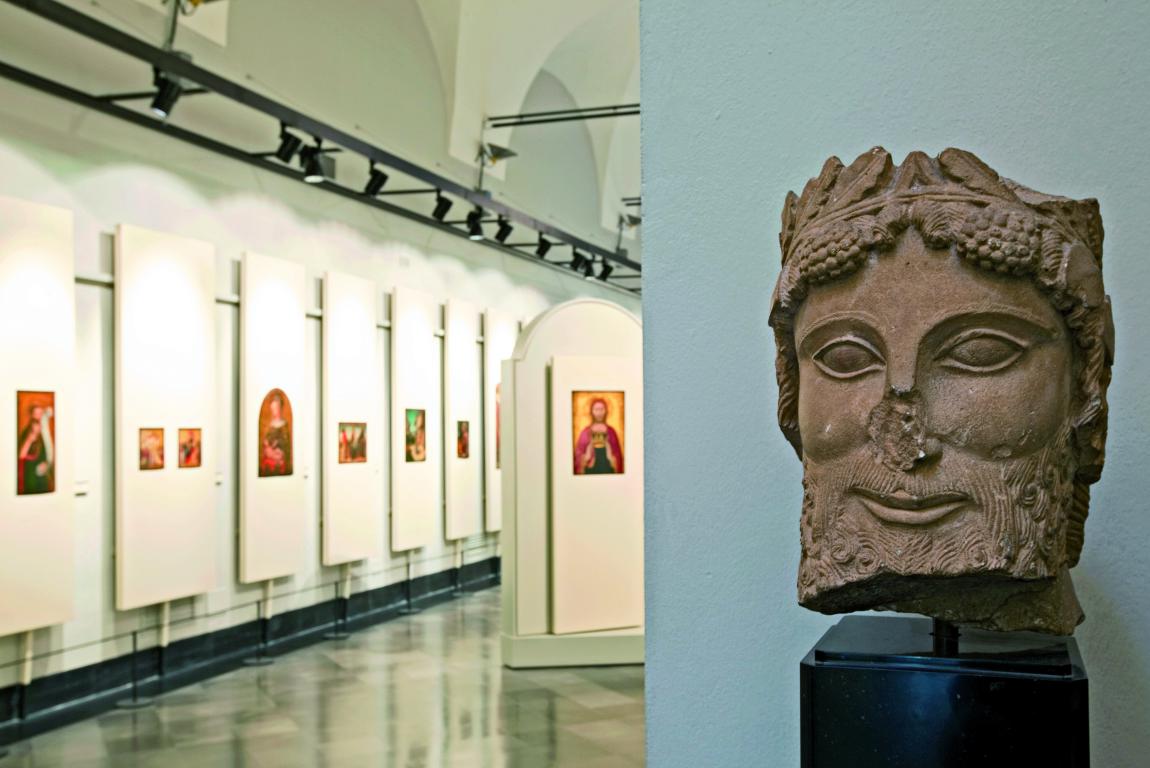 The Amedeo Lia Civic Museum
The Amedeo Lia Civic Museum
 The Amedeo Lia Civic MuseumPortraits, religious works and ancient glass
The Amedeo Lia Civic MuseumPortraits, religious works and ancient glass
Entering Room I, formerly the church of the monastery complex, we see the Madonna and Child, a polychrome wood piece produced in Umbria around the middle of the 13th century, and next to it, the reliquary box painted by Jacopo da Ferentino, an extraordinary product of Umbrian or Rimini culture from the middle of the 14th century. Halls VI, VII, and VIII house 16th-century paintings, with works by Giampietrino, Mazzolino, Schedoni, a small painting possibly attributable to Raphael, as well as Cariani, Sebastiano del Piombo, Tintoretto, Romanino, Giovanni and Gentile Bellini, Paolo Veronese, Titian, Moroni, and Pontormo's intense Self-portrait, painted directly on terracotta. The tour then moves on to rooms IX and X, which house the 17th and 18th century respectively, with refined sculptures and objects while in Room XII we find archaeological glass pastes dating back to the 6th-5th centuries B.C., and the blown and skilfully elaborate productions from Venice in the 16th, 17th and 18th centuries. Concluding the tour in Room XIII we find still life paintings, mainly dating from 17th-century Flemish and Italian productions. Pontormo
Pontormo
The Diocesan Museum
Continuing along Via Prione we come to the diocesan and ethnographic museums: here the late neoclassical 19th-century façade conceals the deconsecrated Oratory of San Bernardino, known from documents from the end of the 15th century. On the two exhibition floors special mention should be made of the large canvas depicting The Triple Coronation of St Nicholas of Tolentino, formerly destined for the lost church of the Augustinians, painted in 1539 by Antonio da Carpena from La Spezia. Also worthy of note are the small St. Jerome, also by Carpenino, some Gothic sculptures depicting the Virgin and Child from the parish church of Santo Stefano di Marinasco and Sant'Andrea di Fabiano, 15th-century carved and engraved slates, as well as numerous liturgical objects.
The Civic Ethnographic Museum
The Giovanni Podenzana Civic Museum is in the same building as the Diocesan Museum. Podenzana was a passionate 19th-century collector and collection in the material preserved and exhibited in the museum, dating from the 18th century to the first half of the 20th century, is divided into six sections: devotion and popular cults, superstition and therapeutic practices, jewellery and goldsmithery, domestic furnishings, work and trousseau items, and finally the chapter dedicated to spinning, weaving and clothing. The section on textiles and costumes of the individual communities of historical Lunigiana region with gold filigree jewellery is particularly noteworthy.
The Technical Naval Museum
This museum has a very interesting and abundant selection of material, ordered, despite its vastness and heterogeneity, according to both typological and chronological criteria, starting with model ships from antiquity. One of the most fascinating and particularly valuable sections is certainly that of the figureheads. Among them, also thanks to a form of seductive fascination that has always accompanied it, is the well-known figurehead known as Atalanta, recovered from the gunboat La Veloce in the waters of the Atlantic Ocean. There are also many artefacts and memorabilia that bear testimony to the history of the Navy, and the planned extension and re-fitting work currently underway will give an even more complete picture of the heritage preserved inside these walls. 
The Formentini Civic Museum
Leaving the Naval Museum, in the centre of the square that bears its name, just opposite the main door of the Maritime Military Arsenal, stands the monument to Domenico Chiodo. The Formentini Civic Museum was established in 1873, following the Unification of Italy, when many cities were confirming their historical and cultural image by entrusting it to the sacredness of the museum, a place of memory par excellence. This museum preserves material from historical Lunigiana, a large region with a precise cultural identity, albeit not recognized by modern legal and administrative borders. The opening section contains evidence of human habitation along the coast and in the hinterland as early as the Copper Age, i.e. from the 4th millennium B.C., as can be judged by the remains of the rite of collective burials in natural caves and the simple funeral artefacts found there. The upper portion of the fortress houses a large part of the large Fabbricotti collection of Roman Lunigiana material that once belonged to the Fabbricotti family and was handed over to the La Spezia municipality in 1939. From the terraces of the castle the view encompasses the entire Gulf, its hills and the shades of the marble to be found in the Apuan Alps.



